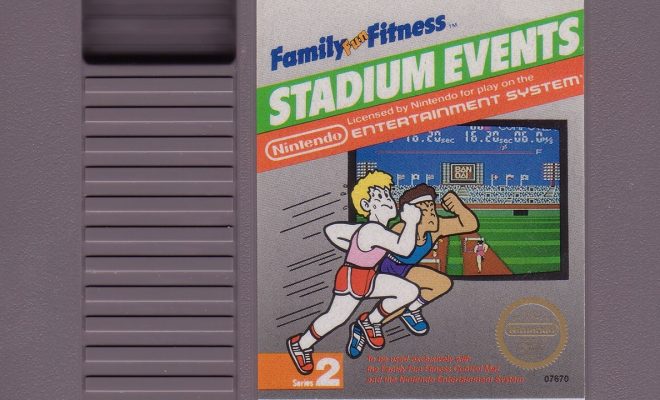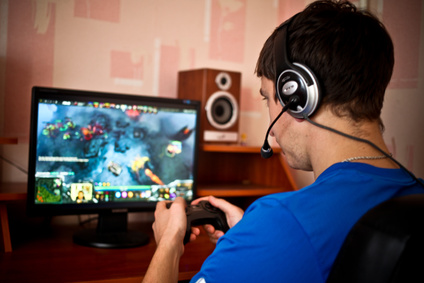The History of Stadium Events, One of the Rarest NES Games

Stadium Events is one of the rarest and most coveted games in the history of the NES (Nintendo Entertainment System). Originally released in 1987, the game was quickly pulled from shelves, making it incredibly difficult to find today. Despite its rarity, Stadium Events has an interesting history that spans multiple decades.
The game was originally developed by Bandai for use with their Family Fun Fitness Pad, a peripheral device that could detect players’ movements. The game was unique in its time, as it was the first console game that required players to move their entire bodies to play. Stadium Events consisted of four different events: running, long jump, hurdles, and triple jump, which players would play by running in place on the Family Fun Fitness Pad.
The original release of the game was extremely short-lived, with only 200 copies of Stadium Events ever hitting store shelves. After Nintendo bought the rights to the Family Fun Fitness Pad and released their own version, the Power Pad, they also acquired the rights to Stadium Events and rebranded it as World Class Track Meet. This was due to a disagreement between Bandai and Nintendo over the distribution of the peripheral device, which resulted in Bandai’s version being discontinued.
Despite the name change, World Class Track Meet was fundamentally the same game as Stadium Events, and it was released in 1988 as a pack-in game with the Power Pad. This meant that players who bought the Power Pad also received a copy of the game, making it much more widely available than its predecessor.
Today, Stadium Events is considered one of the rarest and most sought-after games for the NES, with copies selling for thousands of dollars among collectors. This is due in part to its limited release and subsequent rebranding, but also because many original copies of the game were destroyed or returned to Bandai when the game was pulled from shelves.
Despite its rarity, Stadium Events holds an important place in video game history. It was the first game to require players to move their entire bodies to play, paving the way for future innovations in motion gaming. And while it may be difficult to find a physical copy of the game, emulators allow players to experience it for themselves and appreciate its historical significance.





